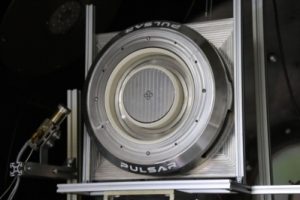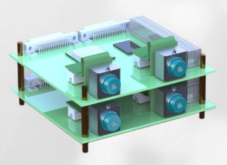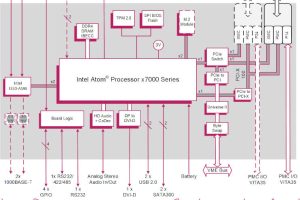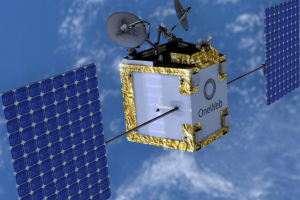The work was partly funded by the UK Space Agency (UKSA) and the engine, which is 10 times larger than conventional engines of its kind, was fired at the University of Southampton at the end of last month, Pulsar has announced.
The project has also involved international collaboration with the University of Michigan and its Plasma dynamics and Electric Propulsion Lab.
Funding came from the first phase of the UK Space Agency’s £20 million International Bilateral Fund, and was the second project awarded to Pulsar Fusion by the UKSA.
In-space propulsion
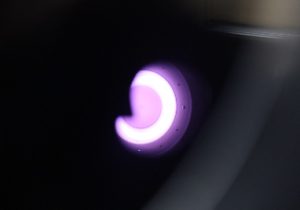 As launch services expand their capabilities and orbital payloads are expected to increase, there is a growing demand for larger, more powerful ‘in–space propulsion’ systems, said the company that is based in Bletchley, Buckinghamshire.
As launch services expand their capabilities and orbital payloads are expected to increase, there is a growing demand for larger, more powerful ‘in–space propulsion’ systems, said the company that is based in Bletchley, Buckinghamshire.
“This opens up an important business opportunity for Pulsar and the UK,” said Pulsar Founder, Richard Dinan. “We have been in conversations with global satellite manufacturers who have been keenly monitoring our progress.”
“When it comes to plasma physics, Britain is very much still a centre for excellence and must fight to remain so. We are delighted with this result and this technology should keep our scientists employed for many years to come.”
As the engine is designed to operate solely in space it required testing in a large vacuum chamber, making the demonstration challenging for the scientists.
“These engines are very different to the fiery rockets that are used in launches,” said Pulsar Fusion’s Head of Operations, Dr James Lambert. “They have to work reliably in the vacuum of space and remain in operation for many years. Satellites are getting bigger and therefore they need bigger engines.”
“The problem is that due to the fact that scientists need to be able to test and qualify these extremely complex, super hot plasma firing thrusters on Earth, and they can only be tested in a very high vacuum and operate at several million degrees. There are very few companies able to manufacture and properly test such engines. The UK has key scientific talent specialising in this plasma technology. Pulsar, supported by the Space Agency, has an outstanding track record in this kind of work”.
Plasma Pulsar Fusion
Generating thrust from quasi-neutral plasma, electric propulsion plasma engines are incredibly fuel efficient, highlighted the company.
These engines contrast with ion thruster engines, which generate thrust through extracting an ion current from the plasma source and is then accelerated to high velocities using grids/anodes.
“Plasma engines have a much higher specific impulse (Isp) value than other types of rocket technology,” says Pulsar. “Because of their fuel efficiency, plasma thrusters can save spacecraft operators millions of dollars in operating costs while increasing the value of the spacecraft’s data product.”
“Plasma thrusters are ideal for applications in small spacecraft for attitude control, precision spacecraft control, and low-thrust manoeuvres.”
Image: Pulsar Fusion
See also: The National Space Propulsion Test Facility is rocket testing
 Electronics Weekly Electronics Design & Components Tech News
Electronics Weekly Electronics Design & Components Tech News
